This 3D printing design of Guillermo del Toro's Pinocchio consists of files in StereoLithography (.Stl) format that is optimized for 3D printing.
Before printing the files, we strongly recommend reading the PRINTING DETAILS section.
WHAT WILL YOU GET AFTER PURCHASE?
- 4 versions of Pinocchio STL files for FFF/FDM, DLP/SLA, DLP/SLA Eco, and SLS — files for all versions are available for download after the purchase;
- STL files of high-poly Pinocchio model for 3D printing consist of 75 files;
- Sizes for:
- FFF/FDM: 345 mm tall, 288 mm wide, 154 mm deep;
- DLP/SLA/SLS: 173 mm tall, 144 mm wide, 77 mm deep;
- Assembly Manual for FFF/FDM 1.0 and DLP/SLA 1.0 versions in PDF and video formats;
- Detailed settings that we provide as a recommendation for Cura, Bambu Studio, Simplify3D, Slic3r and PrusaSlicer for the best print;
- Full technical support from the Gambody Support Team.
Detailed information about these 3D printer STL files is available in the DESCRIPTION section.
ABOUT THIS 3D MODEL
“The wooden boy with the borrowed soul”
Inspired by the classic story of a wooden puppet, Guillermo del Toro reinvented Carlo Collodi’s classic tale. Geppetto, an old man who lost his son, Carlo, decided to build a wooden toy that will replace his son. The next day, the father sees that the toy is alive and speaks, and calls Geppetto his father. Throughout the film, Pinocchio tries to meet his father’s expectations and faces the realities of the real world. “Guillermo del Toro's Pinocchio” brings up the concepts of the father-son relationship, love, hope, war, death, and self-assurance. The film reminds us one more time how important it is to find yourself and your place in the world.
Inspired by award-winning stop-motion animation, our contributing 3D artist created the model of Pinocchio. The model has articulated elements, its shoulders rotate, elbows and wrists bend, it has active hip and knee joints. You can mount the model on the platform or display it separately. The wooden boy will become a great addition to your collection of 3D-printed film characters!
ADAPTATION FOR 3D PRINTING
Pinocchio 3D printing design is an active assembly model and its moderation and adaptation for different types of 3D printers took the Gambody team 38 hours in total.
For you to receive the cleanest 3D printing result possible, and minimize the amount of filament needed for generated support, the model was divided into convenient assembly parts.
All assembly parts in the FFF/FDM 1.0 version are provided in STL files in recommended positions that were worked out in order to ensure the smoothness of the details’ surfaces after printing and that the 3D printing beginners won't face difficulties when placing the parts on a build plate. When downloading any model's file you will also receive "Assembly Manual" for FFF/FDM 1.0 and DLP/SLA 1.0 versions in PDF format. We highly recommend that you get acquainted with the “Assembly video” and "Assembly Manual" before getting down to Pinocchio.
The design is saved in STL files, a format supported by most 3D printers. All STL files for 3D printing have been checked in Netfabb and no errors were shown.
The model's scale was calculated from the height of Pinocchio. The 3D printing design's chosen scales are 1:4 for the FFF/FDM version and 1:8 for the DLP/SLA version.
VERSIONS' SPECIFICATIONS
1.0 FFF/FDM version features:
- Contains 24 parts;
- A printed model is 345 mm tall, 288 mm wide, 154 mm deep;
- Pinocchio’s head moves;
- Articulated shoulder joints;
- Elbow and wrist joints are articulated;
- Active hip and knee joints;
- All parts are divided in such a way that you will print them with the smallest number of support structures.
1.0 DLP/SLA version features:
- Contains 24 parts;
- A printed model is 173 mm tall, 144 mm wide, 77 mm deep;
- Pinocchio’s head moves;
- Articulated shoulder joints;
- Elbow and wrist joints are articulated;
- Active hip and knee joints;
- All parts are divided in such a way that you will print them with the smallest number of support structures.
1.0 DLP/SLA Eco version features:
- Contains 24 parts;
- A printed model is 173 mm tall, 144 mm wide, 77 mm deep;
- Pinocchio’s head moves;
- Articulated shoulder joints;
- Elbow and wrist joints are articulated;
- Active hip and knee joints;
- Some parts are manually hollowed out to save resin.
1.0 SLS version features:
- Contains 24 parts;
- Contains 3 parts - a solid Pinocchio model with or without the platform, as well as a one-piece diorama.
You can get the STL Files of Pinocchio model immediately after the purchase! Just click the green Buy button in the top-right corner of the model’s page. You can pay with PayPal or your credit card.
Watch the tutorial on how to assemble the 3D Printed Pinocchio model from the provided 3D Print Files on Gambody YouTube channel.
Also, you may like other Fantasy 3D Printing Designs.
_______
FAQ:
Generic
Below you can find printing recommendations for Cura, Bambu Studio, Simplify3D, Slic3r and PrusaSlicer software.
Disclaimer: The following printing settings are a recommendation, not an obligation. The parameters can vary depending on the peculiarities of your 3D printer, the material you use, and especially the particular assembly part you are working with. Each part that any model comprises often needs preliminary review, and you are free to tweak the settings the way you find suitable.
Note:
You can scale up the model (downscaling for FFF/FDM 3D printers is not recommended!);
All connectors should be printed at 100% Infill.
Bambu Lab printing recommendations:
These basic 3D printing settings recommendations for beginners were tested in Bambu Studio 1.9.1. Test models were printed on the Bambu Lab A1, Bambu Lab A1 Mini, Creality Ender 3 S1, Anycubic Kobra 2, and Anycubic Vyper using PLA and PETG filaments.
To avoid printing problems, we recommend the following settings: download
Cura printing recommendations:
These are averaged settings which were tested in the Cura 5.2.1 slicer. Test models were printed on Anycubic Vyper, Creality Ender 3 Pro with PLA filament.
To avoid printing problems, we recommend the following settings: download
Simplify3D printing recommendations:
These are averaged settings which were tested in the Simplify3D 5.0.0 slicer. Test models were printed on Anycubic Vyper, FLSUN v400, Ender3 S1 with PLA filament.
To avoid printing problems, we recommend the following settings: download
Slic3r printing recommendations:
These basic 3D printing settings recommendations for beginners were tested in Slic3r 1.3.0 software. Test models were printed on Ultimaker 2, Creality Ender 3, Creality Cr-10S pro v2, Anycubic I3 Mega, Anycubic I3 MegaS, Anycubic Vyper with PLA and PetG filaments.
To avoid printing problems, we recommend the following settings: download
PrusaSlicer printing recommendations:
These basic 3D printing settings recommendations for beginners were tested in PrusaSlicer 2.3.1. Test models were printed on Ultimaker 2, Creality Ender 3, Creality Cr-10S pro v2, Anycubic I3 Mega, Anycubic I3 MegaS, Anycubic Vyper with PLA and PETG filaments.
To avoid printing problems, we recommend the following settings: download


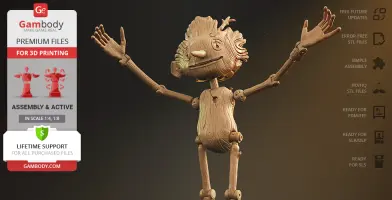
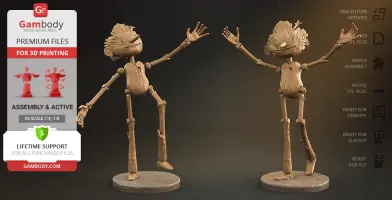
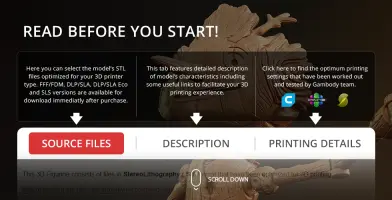

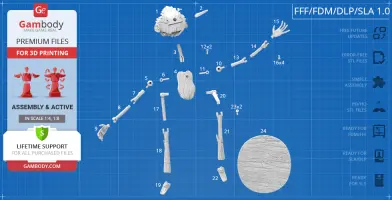
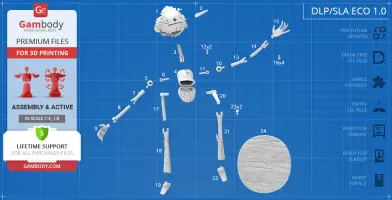
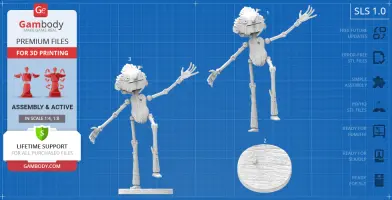
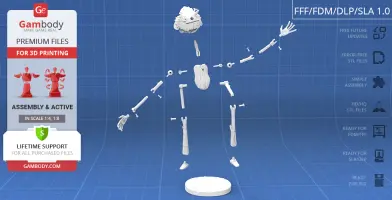
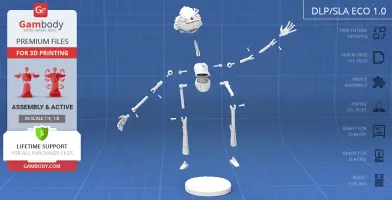
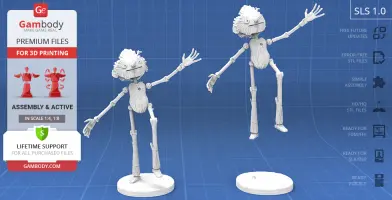
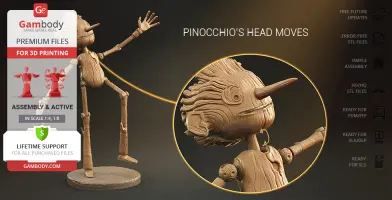
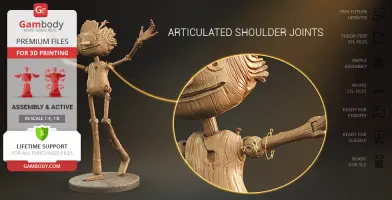
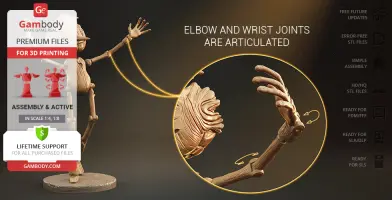
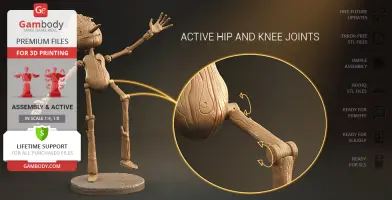
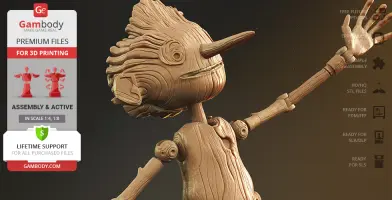
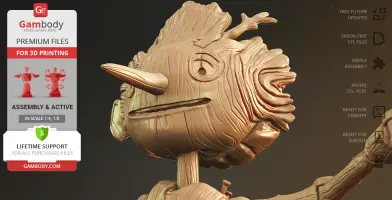
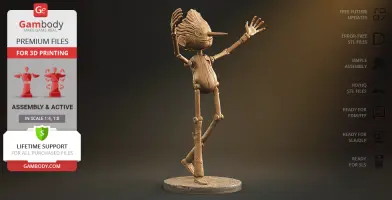
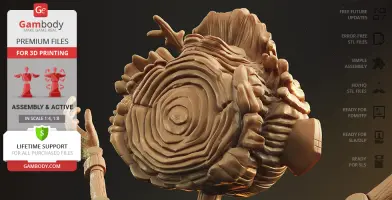
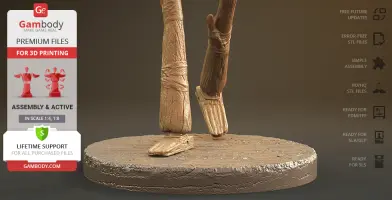
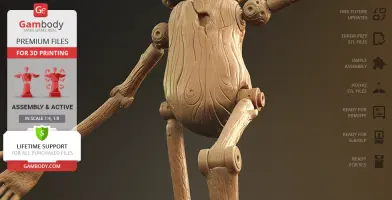
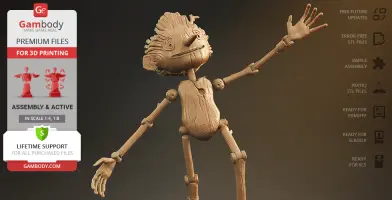
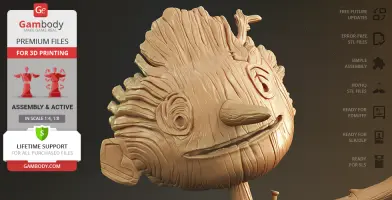
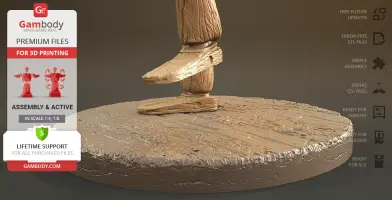
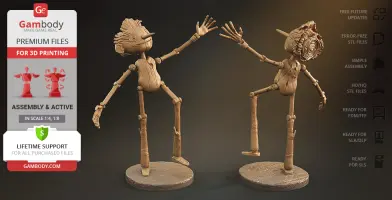
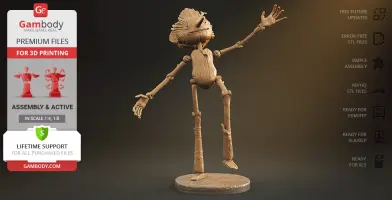
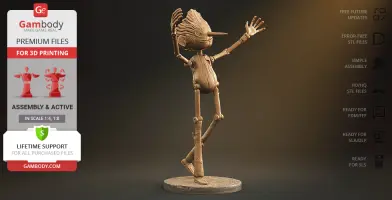
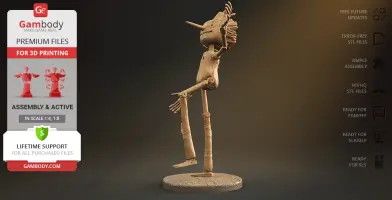
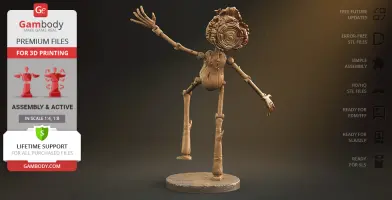

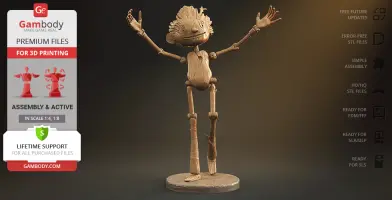
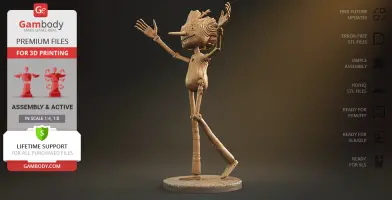
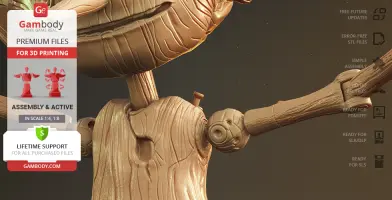




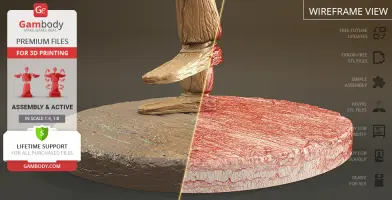


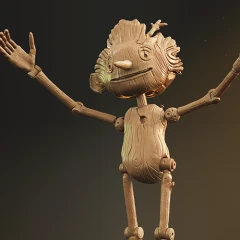
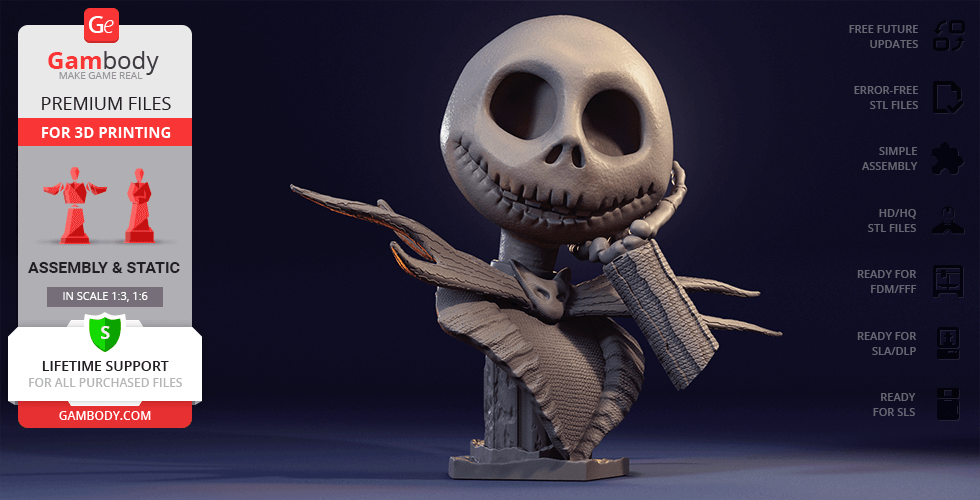
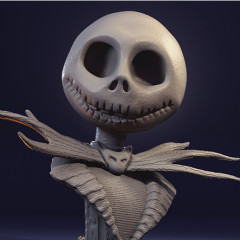
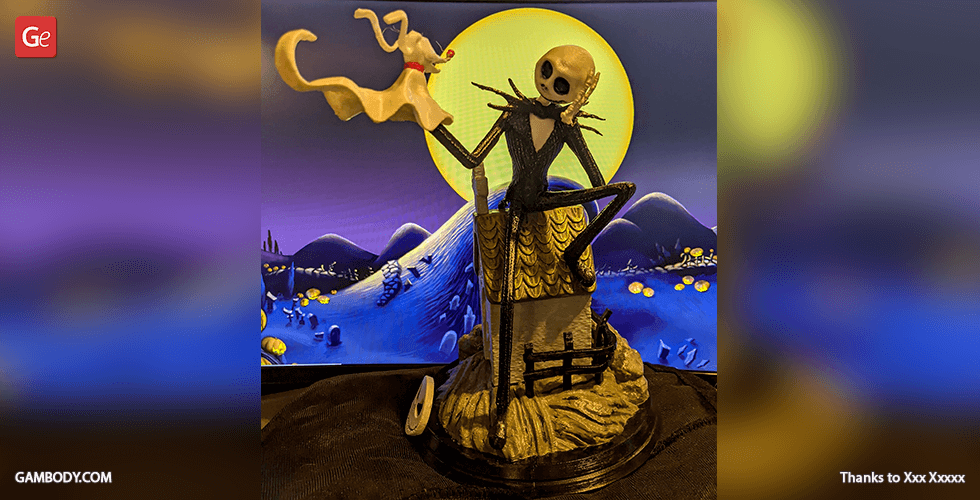
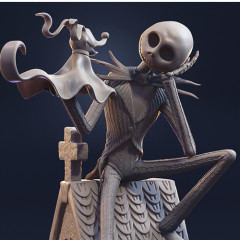
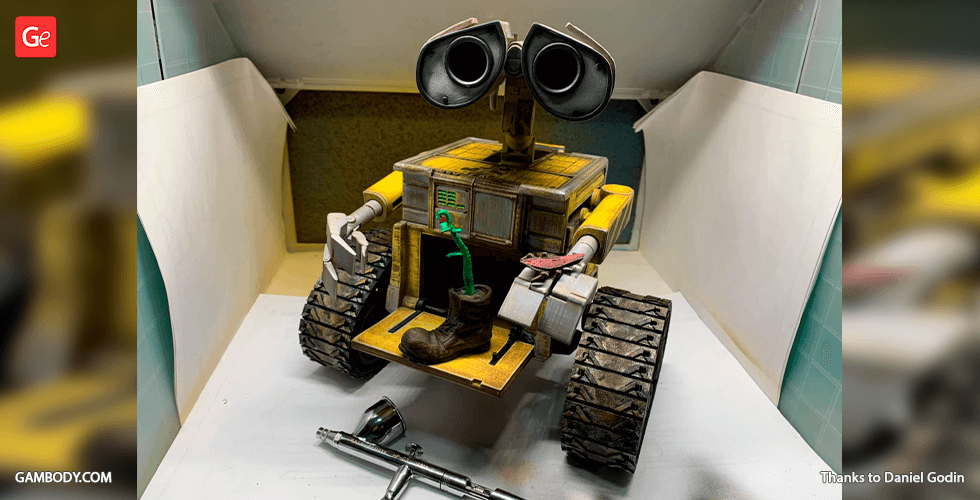

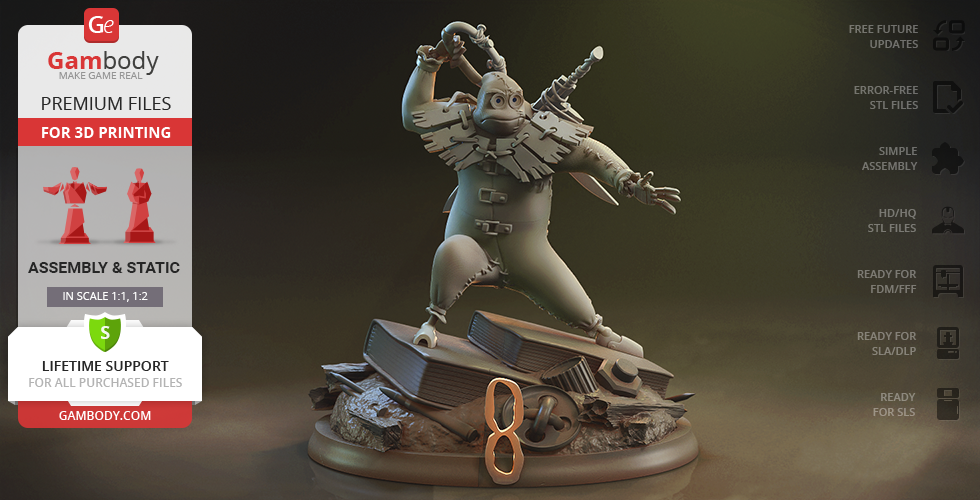
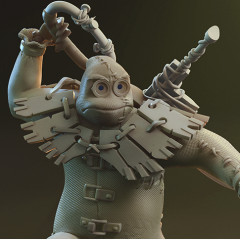
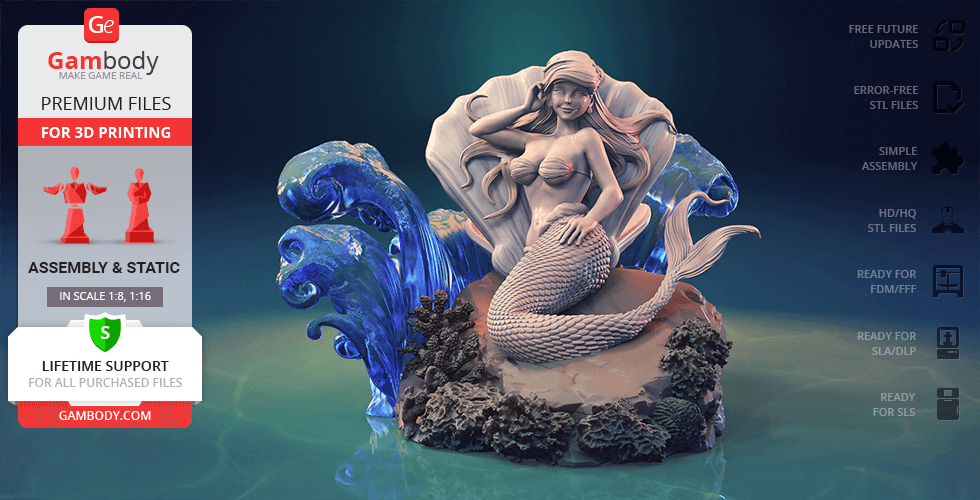
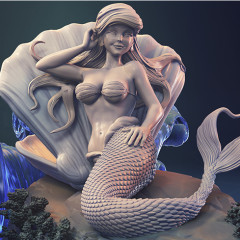
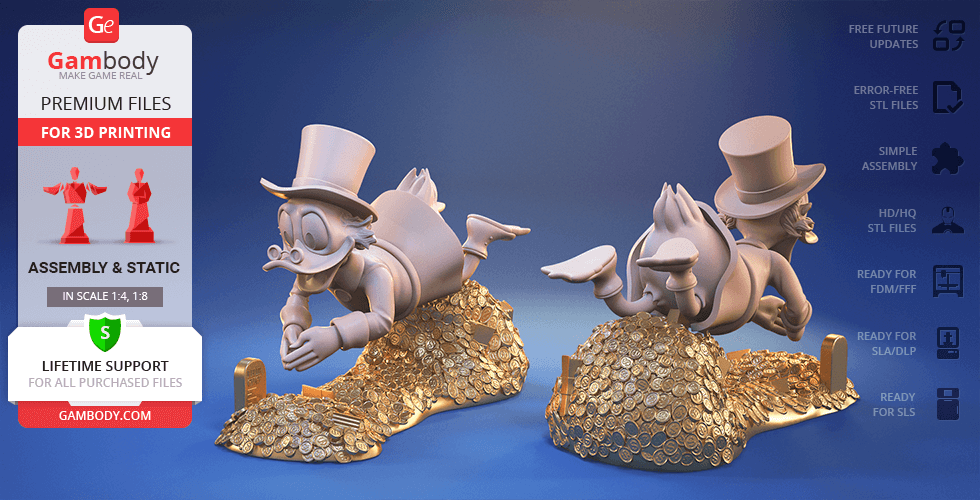
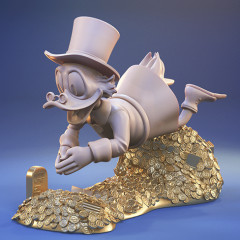
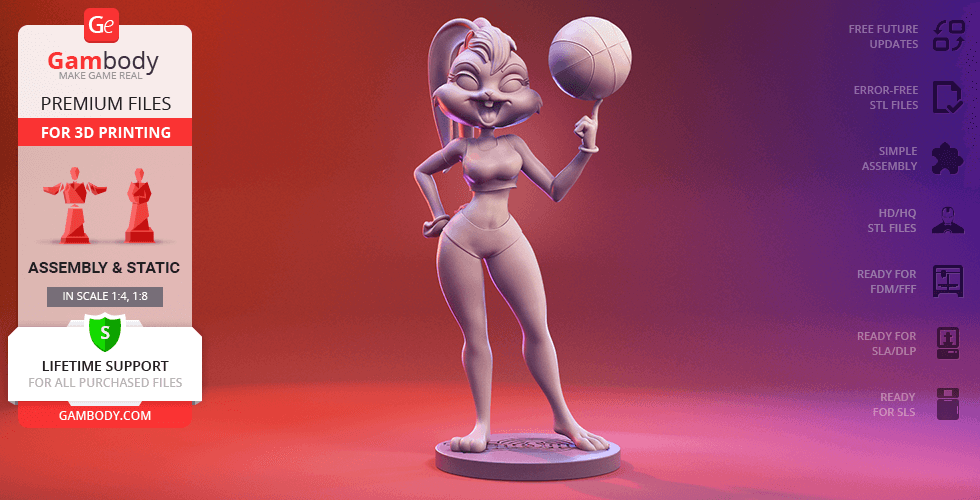
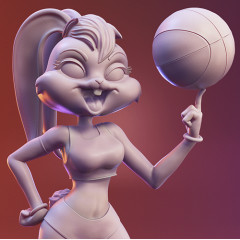
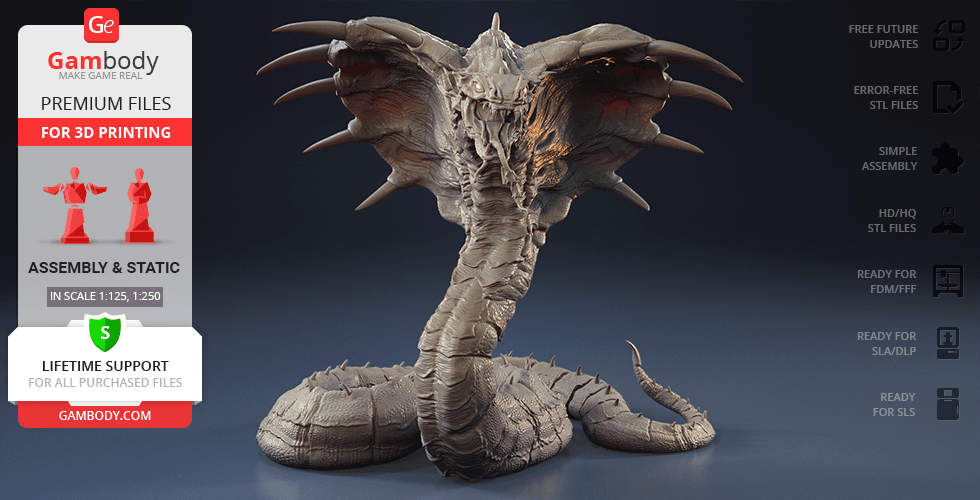
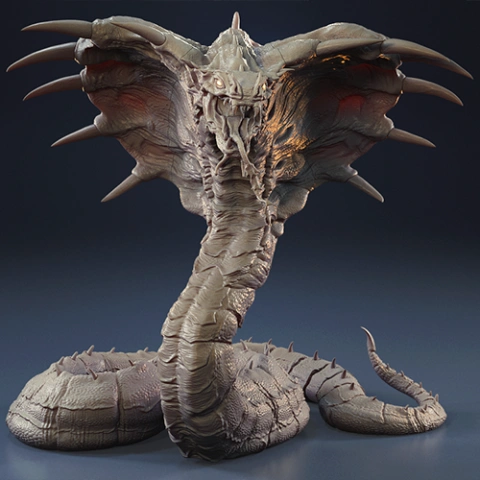
Comments